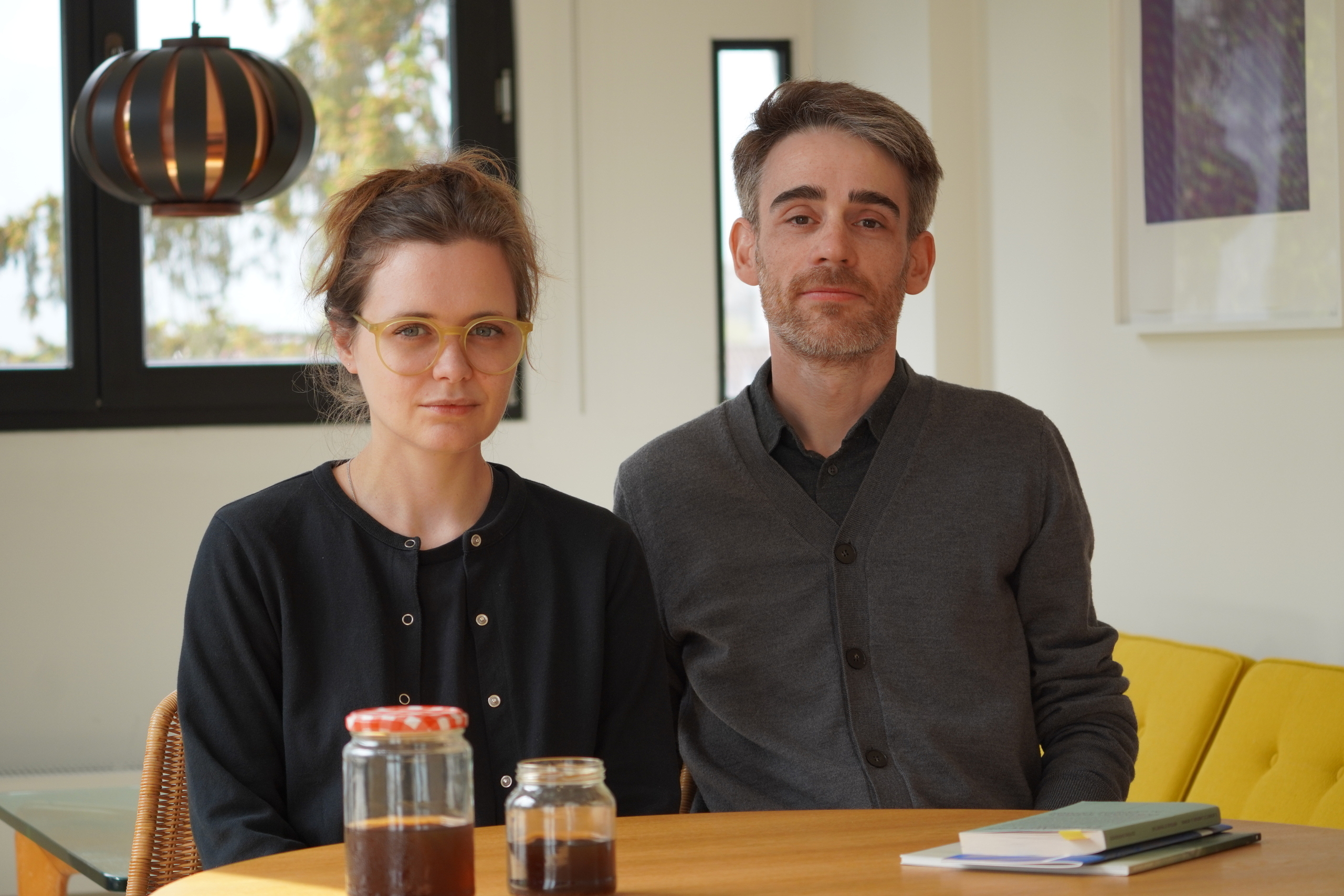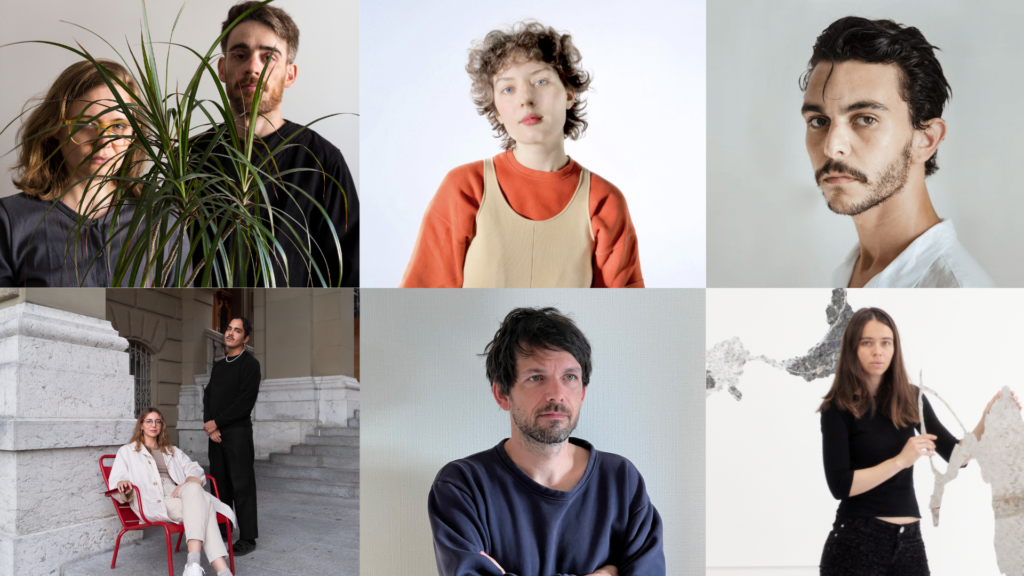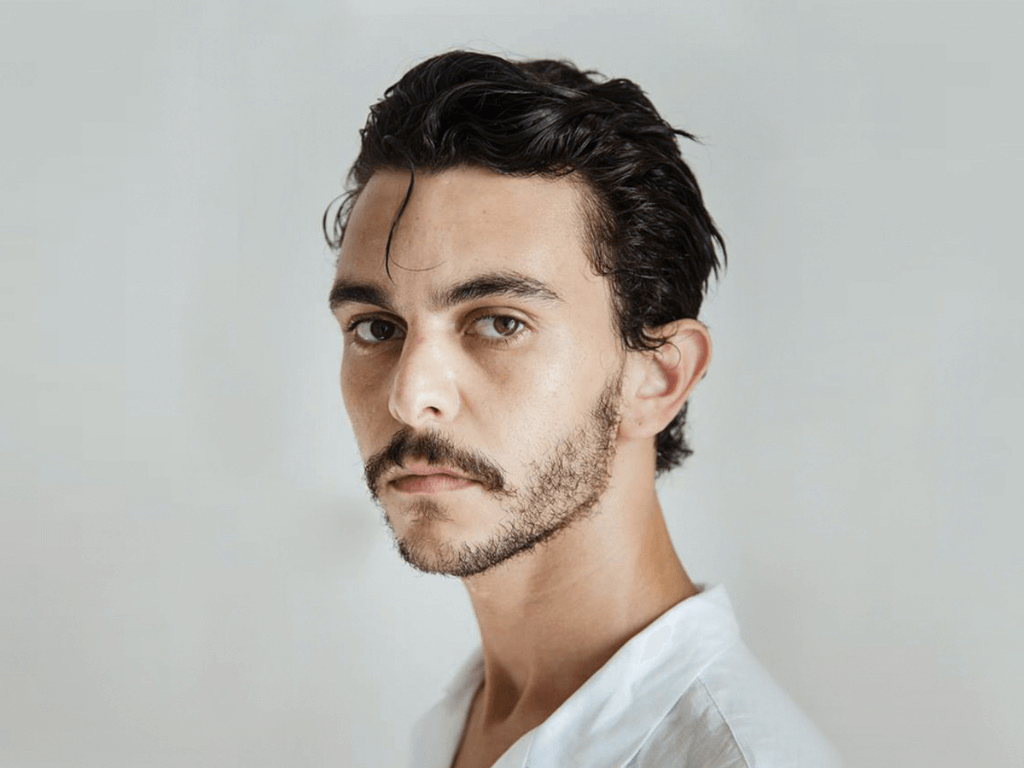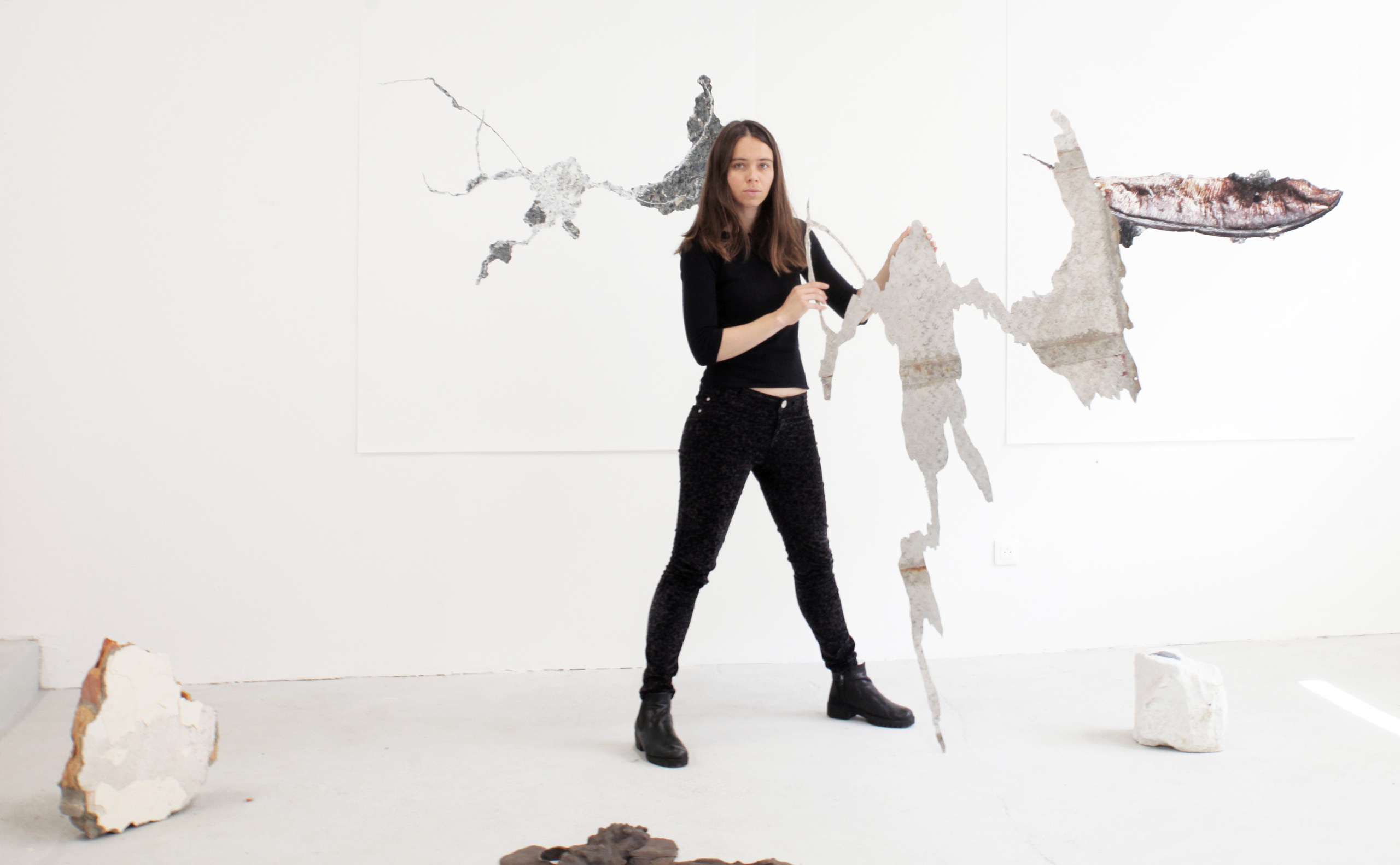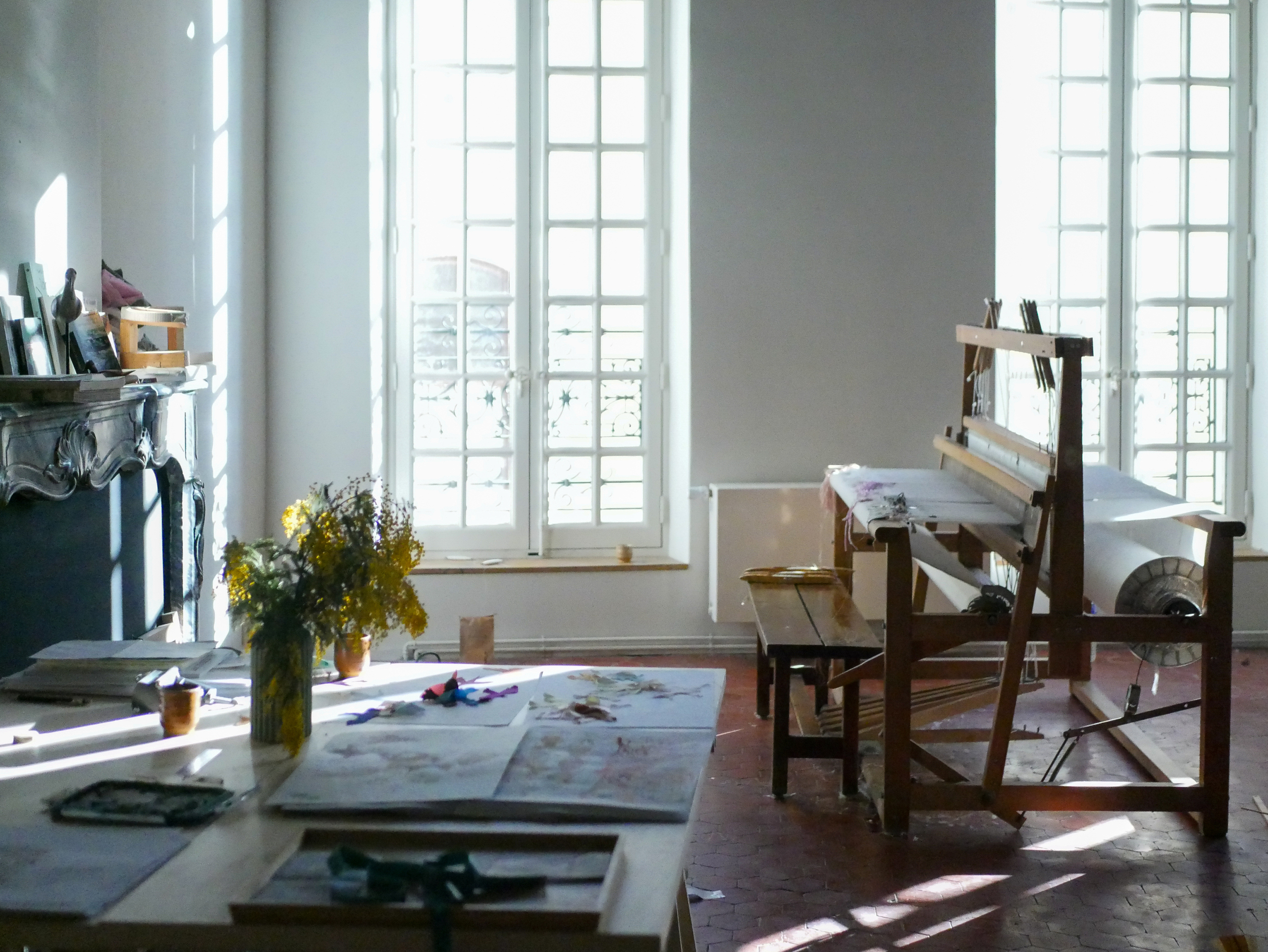
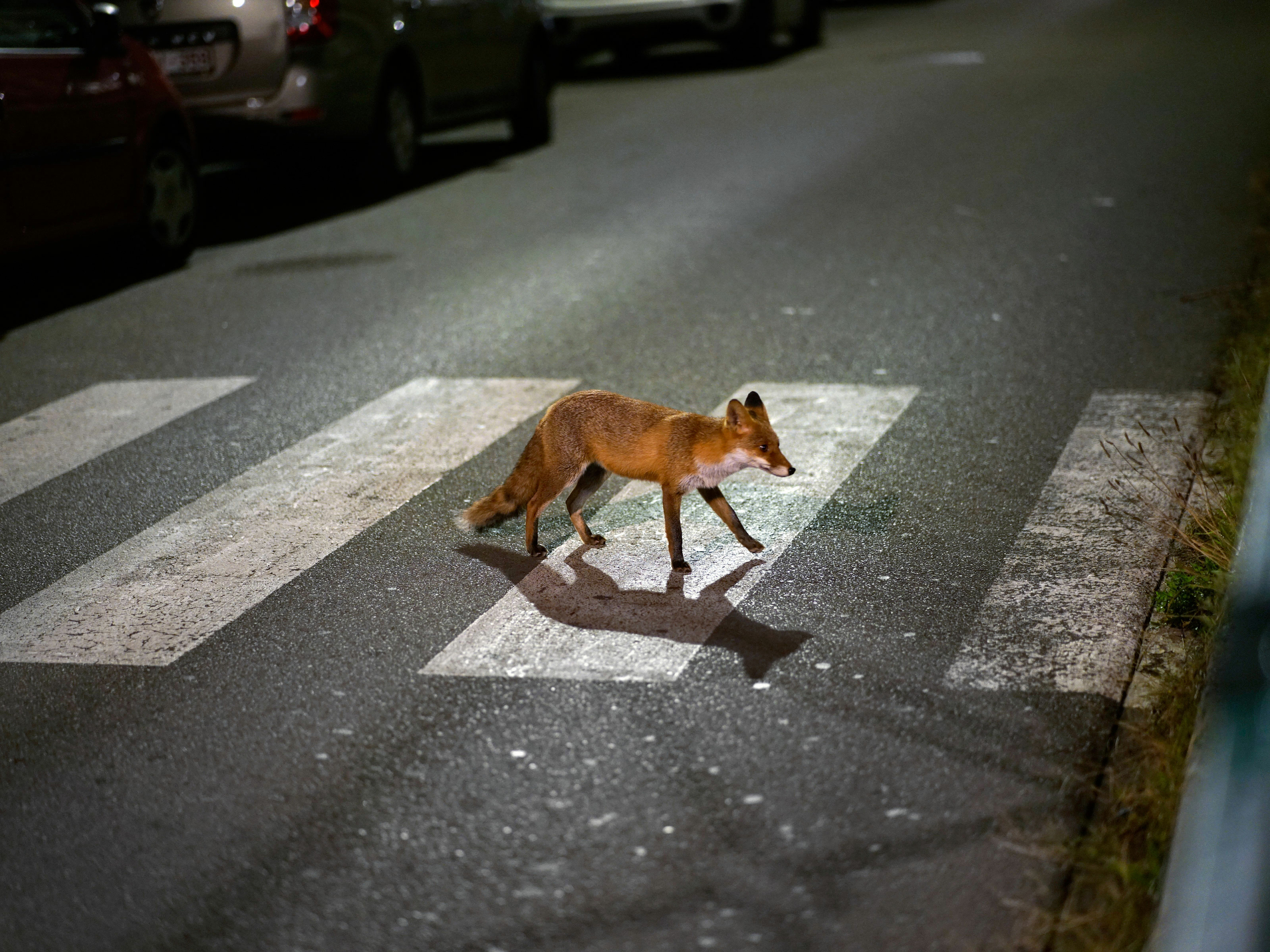
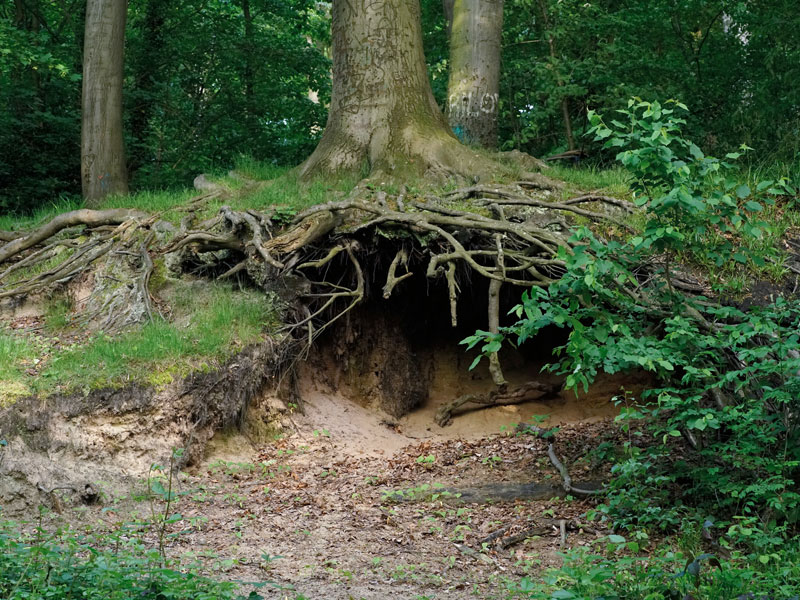
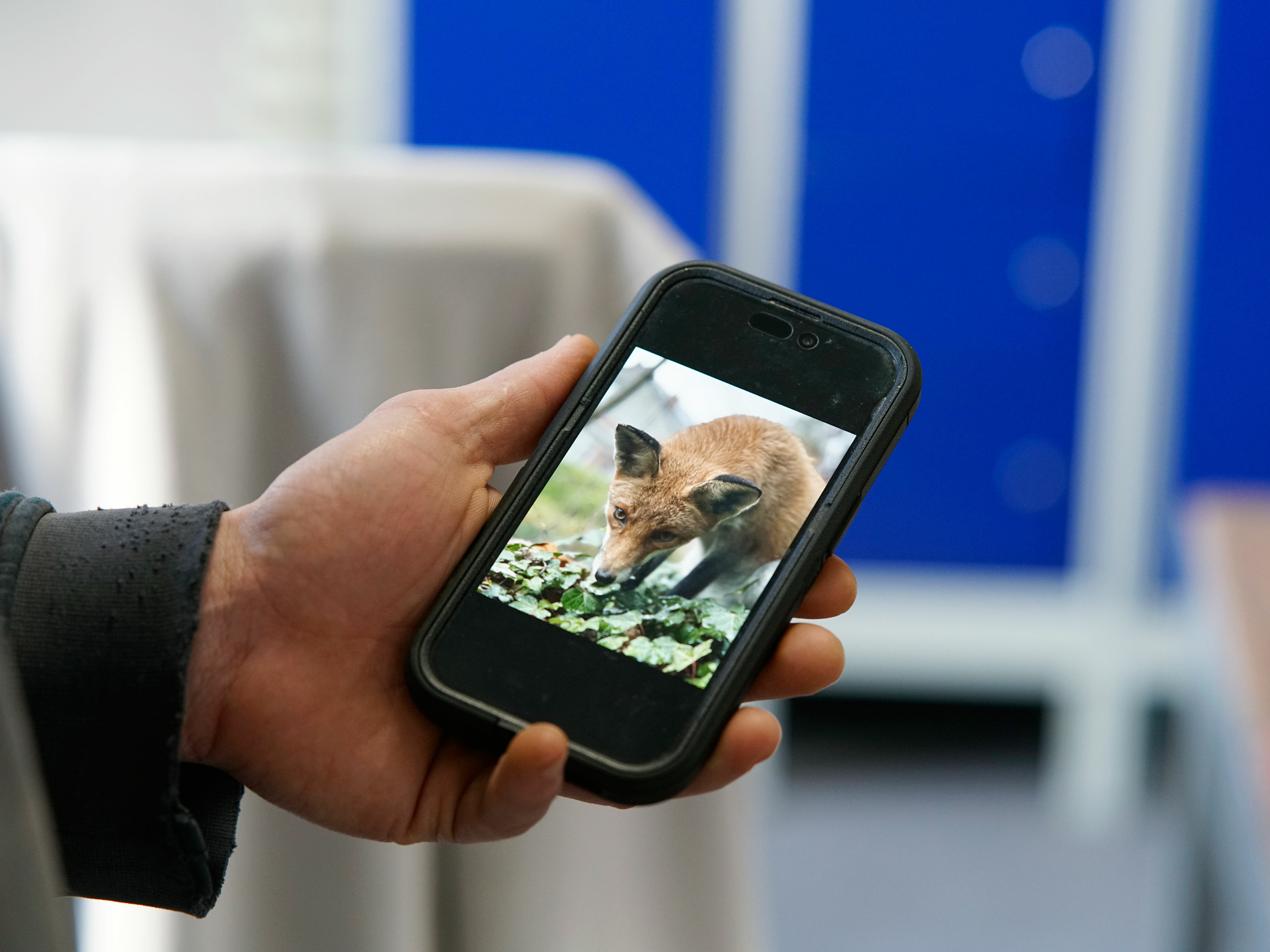
Research residency
Simon BOUDVIN
Visual arts & creative writings
Simon Boudvin describes himself as an “outdoor artist”. It’s a lovely expression that we can understand in various ways. The artist works out in the field. His studio in fact consists of an outdoors that he traverses and where life unfolds under the open sky. For more than fifteen years, Simon’s work has eluded categorisation; he is an artist who thinks and works outside the box. He is constantly changing and combining roles – as an artist, architect, designer, researcher, publisher, and author – depending on the needs of the given situation. He is also interested in the details that go overlooked, that remain outside the frame. He starts there, from that exterior where we can’t see, to investigate, dig, and form connections. The result is an open-ended creation of various forms, alternating indiscriminately between sculptures, installations, public interventions, publications texts, lectures, and seminars. His inquiries might start with a plant in the eastern part of Paris, stools in the Swiss Jura, a mountain ladder in the Alps... and now, foxes in Brussels. The research expands, the method creates connections and comes alive, ultimately to compose a world that concerns us. In fact, for the last several years, Simon has been following the Vulpes vulpes Bruxellae, the red foxes of Brussels. He has been documenting the interactions between the city’s inhabitants and the foxes in photographs and videos that he himself makes or collects from a group of like-minded spirits, interviews, stories and anecdotes, scientific information, and anthropological, historical, and urban data. An actor at once omnipresent and furtive, the red fox has a well-established relationship with the people of Brussels. During the pandemic in 2020-2021, as in many other cities, the foxes suddenly appeared amidst a lower level of urban activity. Or rather, they began to be seen (again). The forced break in people’s lives quickly opened everyone’s eyes to a world and its subjects who had been rendered invisible. The foxes came up to the inhabitants, walking alongside them on the sidewalks and pedestrian crossings. At nightfall, seemingly curious to find out more about us, the foxes would approach the few humans who were outdoors. In broad daylight, on a random street, some people even saw city dwellers feeding the foxes. There was something strange and fascinating about these unexpected bonds between humans and non-humans, between daytime and nighttime worlds.
Simon wanted to find out more about how foxes live in the city, an environment that is not originally theirs, but which constitutes the space that remains for them after the massive culling to which their population was subjected and which culminated in the beginning of the modern era. This systematic hunting was prompted by the (likely mistaken) accusation that the species spread rabies. This historic contamination, which also mirrors our age, oddly, spread across all of Europe. But despite the intensive hunting that continued until the 1990s, the red foxes survived, and with the reduction in human hostilities, the Vulpes vulpes came to live in Europe’s cities. But, even though they cohabit with us, they lead a very discreet existence in our urban settings. To be able to observe them, Simon focused on people who work at night (bus and tram drivers) and those who work alongside them (gravediggers, for example), or even the owners of gardens where foxes sometimes appear without warning to take a nap, the cats whose food they silently eat, or the trash that they devour as soon as we doze off. Simon recalls that in September 2022, a Brussels newspaper reported that a fox climbed onto a bus. He then used this to make a piece in the form of a slide show, whose photographic exploration and text describes a hybrid environment. Each photograph is dated and located (with a mention of the address). All the images have the captions printed on them for the sake of sharing something about the nature of the document. This yields a sense that a new type of city is emerging, where species coexist and adapt, to the point that we humans seem to become the subjects to whom the non-humans turn. In Simon’s work, the foxes begin to write to tell us finally what we could learn “if we were to ask them the right questions”, to quote Vinciane Despret. The artist wanted to account for the crossing of a boundary, an ecological, political, and poetic bridge between our lives and the realm of wild animals.
Vulpes vulpes Bruxellae by Simon Boudvin is currently being featured in the collective exhibition Undo Planet at the Art Sonje Centre (Seoul, South Korea) through 26 January 2025.
___
Simon Boudvin studied at the École des Beaux-arts de Paris and the École d'architecture de Paris-Malaquais. After teaching at various art and architecture schools, he joined the École nationale supérieure de Paysage in Versailles in 2018. His work has developed through exhibitions, collaborations and publications - among his latest publications: "Ailanthus altissima", ed. B42, 2021; "Bote-tchu & Sèllatte", ed. Art & fiction, 2022; "Oise", Building Books, 2022.
Yann Chateigné Tytelman, guest curator for the 2024 residency, will be guided laureates over the course of working sessions.
